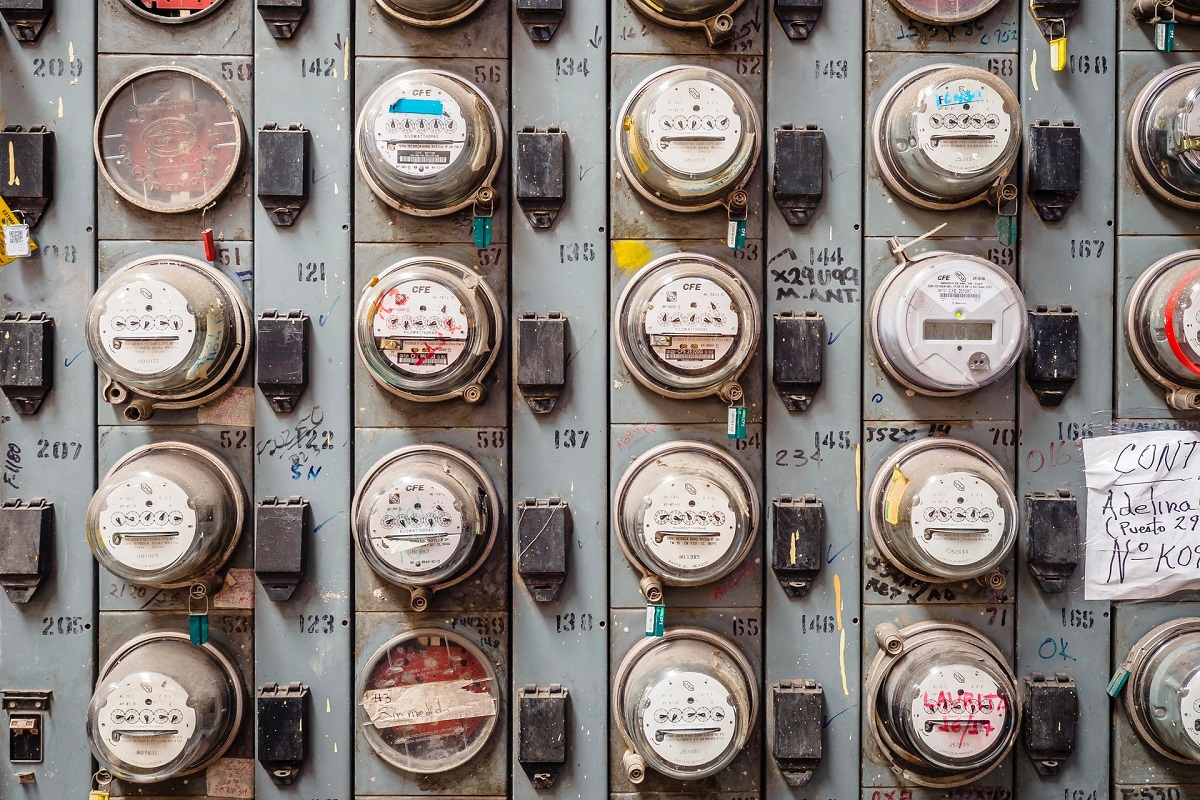The power outages in Texas affected thousands of people, and the outages not only affected lives but also the economy. Expect power companies to come up with “timely” solutions for weather incidents that happen once every century. Of course, the various program and upgrades will lead to hikes in your electric bill — but you can minimize their impact by reducing your energy consumption and making your house energy-efficient.
Insulate Your Home
In most homes, the majority of energy consumption is spent maintaining ideal temperatures — whether it’s staying cool during summer or keeping warm during winter. Uninsulated homes waste a lot of energy. Unhindered heat transfer will require air conditioning or heating systems to work harder as the temperatures outside the house can freely enter and vice versa. Proper insulation controls heat transfer, allowing your house to stay 5-20 degrees cooler or warmer than the temperatures outside — even before you run your heating or cooling systems. According to the United States Environmental Protection Agency or EPA, insulated homes can expect a 15-30 percent reduction in heating and cooling costs.
Proper insulation will also reduce the stress on your HVAC system, allowing it to run at a lower capacity or for shorter periods. The majority of heat transfer occurs through the roof and ceiling. Without insulation, sunlight can turn your house into a veritable oven, and snow on the roof can make it uncomfortably cold. Roofing insulation can cost $5,000-$7,000 — but you can expect it to last for 15 years or more. Glass windows and doors will also facilitate heat transfer. Heavy sheets or curtains can limit heat transfer, or you can opt for simple UV-filtering film. Applying UV film on your glass windows and doors can block up to 80 percent of heat from direct sunlight.
Upgrade Your Appliances
If your air conditioning unit, refrigerator, freezer, and washer have been with you for more than ten years — it’s time to switch to newer models. Inverter technology has become quite popular, and switching to the latest appliances that use it can reduce your home’s energy consumption significantly. A 5-year gap between models can see a 10-15 percent drop in consumption as appliances get more energy-efficient with each passing year. You can note the energy efficiency of a particular appliance through its label. The US has set high standards on energy-efficiency, awarding the best brands with an Energy Star label. Of course, you’ll still have to use electricity diligently to minimize your power consumption. Set your appliances (including lights) on timers and try not to use them frivolously.
Try an Energy Plan

Texas has more than ten power companies, and you have a bit of freedom in choosing your power provider. Opt for one with the best rates — but read up on their immediate plans. A company planning to switch to solar or wind will require large investments, and the cost of new plants will most likely be passed on to consumers. Opting for a power company near your home can limit the chances of power outages — just note that smaller companies can be more vulnerable to market forces and more likely to jack their prices. You can also shop for an energy plan. Most companies will have several energy plans, and you can choose the one that best matches your home’s energy needs.
Go Solar
Residential solar power systems are good investments in Texas. With more than 230 days of clear skies, solar panels get to work longer in producing electricity. With snow almost unheard of, you won’t need to clear your panels during winter to ensure they get enough sun. Solar power systems have advanced by leaps and bounds during the past years, and market forces have sent prices dropping to all-time lows. A home with 3-4 bedrooms will require a 10-kW system to meet its energy needs and send extra electricity to the grid to compensate for nighttime use.
Today, a 10-kW system only requires 30 solar panels, and most homes have enough space for them. A solar power system only costs $10,000-$12,000 — but expect prices to drop since the Biden administration loosened regulations on Chinese-made solar panels. A typical system can last 35-45 years, with American companies guaranteeing the first 25 (at 80 percent or higher efficiency). With the average electric bill in Texas at $120, you can expect your solar panels to pay for themselves in 6-8 years. Since you’ll be producing your own power, you’ll be insulated from any future price hikes.
Power price hikes are just around the corner — whether they’re in response to the recent outage or the popularity of green energy. Make your home as energy-efficient as possible and insulate yourself from whatever hikes may come.
